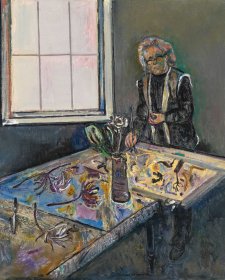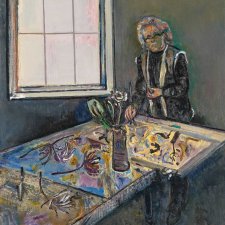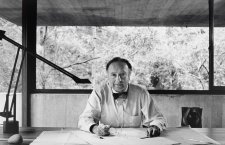Once when I was in Athens photographing a play at the theatre in the Acropolis, I was dealing with a Greek guy there who was helping me to get the sort of pictures that I hoped to get. And he introduced me to the authorities that were handling the staging of the play. And I particularly wanted to show the Parthenon at the top of the hill, at the top of the Acropolis, behind the action that was going on, on the stage. But this meant getting the floodlights turned on, on the Parthenon at a particular time. Now, I thought this would be very, very difficult indeed, but as it turned out, the authorities were only too pleased to co-operate, and they said ‘No, that would be no problem’, and ‘we can do it at a certain time and if you’re in your position at a certain time, everything’ll be fine’, and they gave me all sorts of help from a position point of view; and I could roam where I wanted to and photograph this play and the environment on this beautiful night in Athens. And I turned to my helper and I said, ‘Well, you know, this sort of co-operation is more than I could ever expect, it’s beautiful.’ I said, ‘All we want now, just when we’re taking these pictures, all we want now is for the full moon to rise through the Parthenon’, joking, you see. And he said ‘Well, I’ll see if I can arrange it’, so I thought that was very funny. So there we were, taking these pictures, and the lights came on at the right time, and he tapped me on the shoulder and he pointed up and I looked up and there was the full moon, rising right through the Acropolis.
I took some pictures at that point but that was not the one that was used – but that’s often the way it goes.













